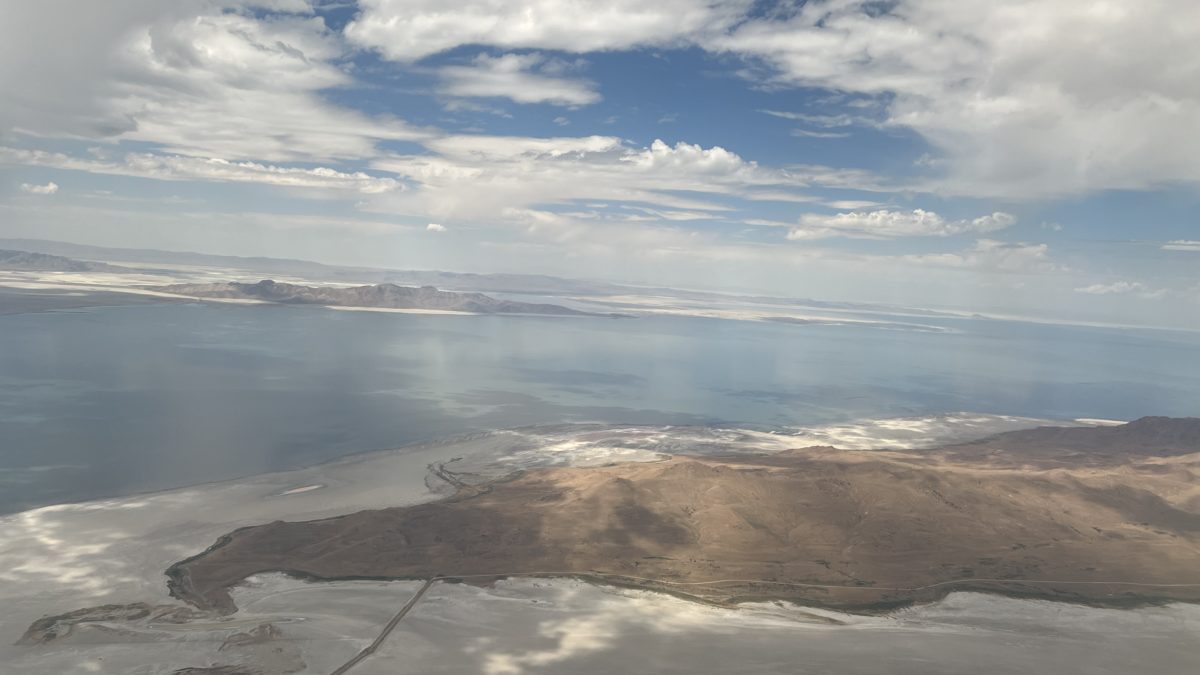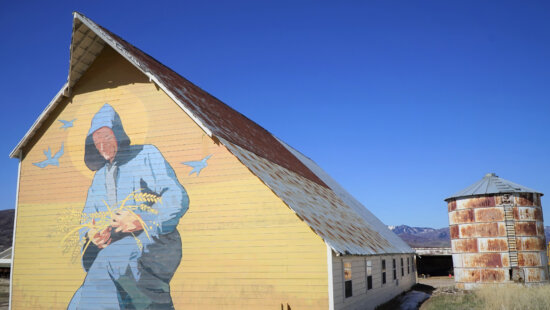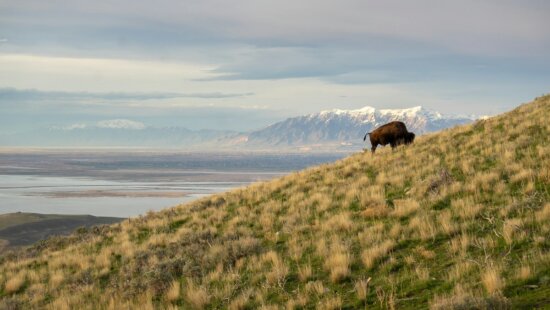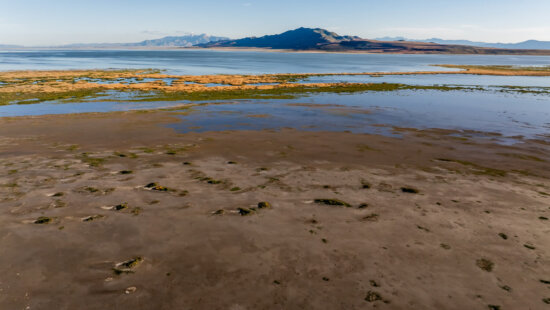Environment
Utah leaders sign Great Salt Lake 2034 Charter ahead of Winter Olympics

Photo: Antelope Island by TownLift
SALT LAKE CITY — Utah officials, including DNR Director Joel Ferry, Gov. Spencer J. Cox, and the Office of the Great Salt Lake Commissioner, have signed the Great Salt Lake 2034 Charter, committing to restore and protect the state’s iconic lake in the lead-up to the 2034 Winter Olympics.
The charter represents a coordinated effort to safeguard the lake, a key natural and cultural landmark, as the world turns its eyes to Utah’s Olympic venues. The Utah Department of Natural Resources is already advancing projects tied to the initiative, including removing invasive plants, monitoring brine shrimp and bird populations, expanding water leasing, and improving measurement and modeling of the basin’s water flows.
The initiative comes with a $200 million donation pledge, half of which has already been committed by Ducks Unlimited over the next decade, according to a Utah News Dispatch report. Local business leaders aim to raise the remainder through a new philanthropic campaign. The funds will support a range of projects, from habitat restoration and invasive plant removal to improved water management and wildlife monitoring.
Speaking at a press event overlooking the drying Farmington Bay, Gov. Cox said the lake is a key part of Utah’s identity. “We will not let the Great Salt Lake fail. It’s part of the soul of Utah. It’s who we are. It’s what we’re known for across the world and across time.”
“This is a historic moment,” said Director Ferry. “By signing the charter, we are making a promise to protect our natural heritage for generations — and to ensure the Great Salt Lake remains a jewel of Utah as we welcome the world for the 2034 Games.”
The Great Salt Lake, Utah’s largest saltwater lake and a vital ecological and economic resource, is facing a host of environmental challenges. Experts say, decades of water diversion for agriculture and urban use have left the lake shrinking, exposing lakebed dust that can harm air quality and public health.
Rising salinity levels threaten the lake’s delicate ecosystem, putting brine shrimp, migratory birds, and other wildlife at risk. Invasive plant species are also disrupting habitats, while climate change compounds the problem by reducing snowpack and streamflow that feed the lake.



















